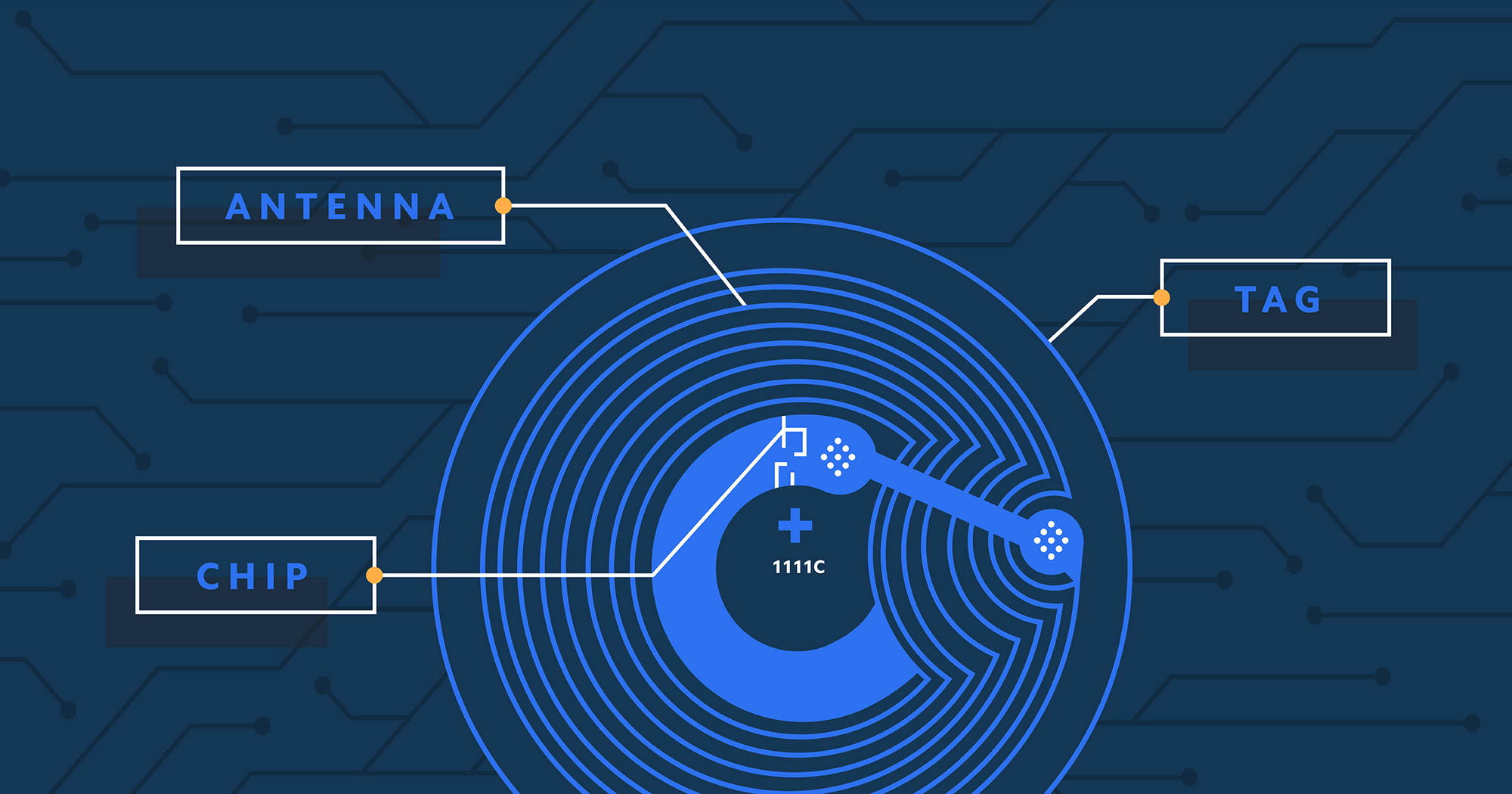Hands on NFC technology

NFC or Near Field Communication is a technology that allows data transfer between a reader and a compatible terminal. Released in France in 2012, we use it today in many applications : contactless payment, ticket validation in public transportation systems, tracking, etc.
Despite its growing popularity these past few years, the meaning and the modes of operation are still unclear for most of us. Given the usefulness of this subject, it is instructive to take a special interest in it.
NFC or Near Field Communication is a technology allowing data transfer between a reader and a compatible terminal.
What is an NFC chip ?
A Near-Field Communication chip (NFC chip or NFC chipset) is a silicon component or Integrated Circuit (IC) that can be used in different ways depending on the targeted application.
When connected to an appropriate antenna, an NFC chip enables short-range, wireless communication between two devices. This provides an additional layer of security as only devices within close enough proximity can communicate via NFC.
For this technology to work, we need different components:
- A chip (with a hyperfrequency transmitter)
- An antenna
- A paper or plastic support
 NFC Chips: Technical Details and Types (source: bluebite.com)
NFC Chips: Technical Details and Types (source: bluebite.com)
There are three (3) modes of operation for NFC :
Card emulation mode (passive mode)
In the card emulation mode, the (passive) device works like a contactless card. The card can be used to store encrypted data. Contactless payments is one of the most comon usage of this mode.
Peer to peer mode
The peer-to-peer mode enables fast commutation between two NFC-equipped devices. For example, this mode can be used to transfer pictures, videos, and many other files between two compatible smartphones.
Reader mode (active mode)
With the reader mode, the (active) device become the contactless reader when close to (about 10cm away) a NFC tag. The possibilities for NFC tags are endless. They could be embedded into posters, monuments, luxury products, medication packaging, etc.
How it works
- The reader sends electromagnetic waves to create a magnetic field when paired with the antenna of the contactless card.
- A passive card gets its power from this magnetic field and uses it to power the circuit of the chip.
- The chip then modulates these waves and sends them back to the reader that converts them into digital data. The card must be close enough to the card reader to function, between three and ten centimeters away. Some contactless cards use radio waves and can therefore be used at further distance.
For the interested reader, we have provided a simple implementation of a NFC Reader using Andruino.
Conclusion
NFC is a great improvement to our way of transferring data. It makes our lives easier and many transactions in our everyday lives faster.
References
 Never miss a story from us, subscribe to our newsletter
Never miss a story from us, subscribe to our newsletter